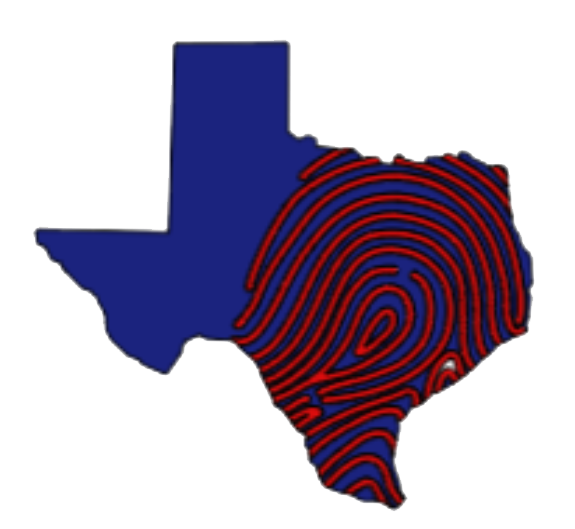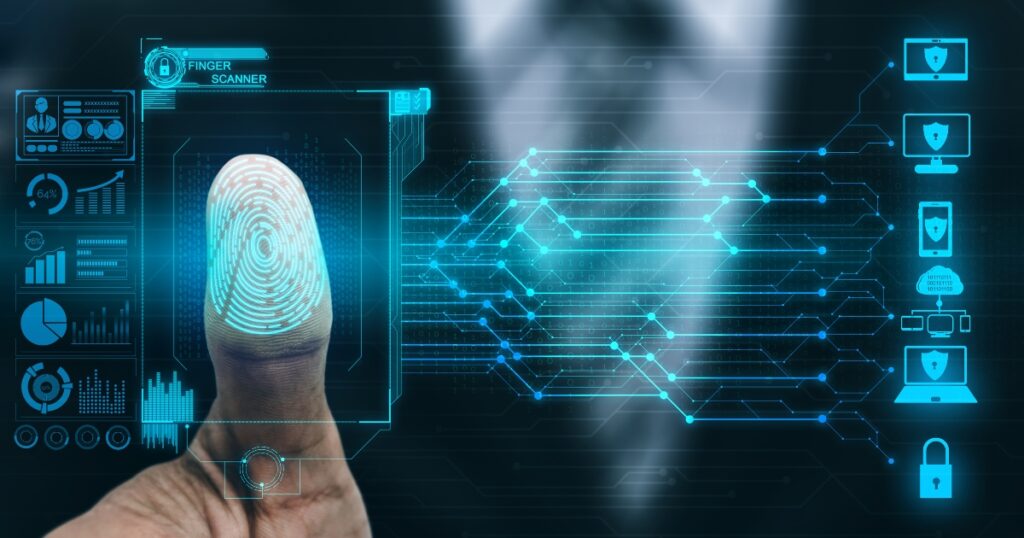The DOJ live scan method is a digital fingerprinting process. Prints are captured electronically using a scanner and submitted to state or federal agencies such as the California Department of Justice or the FBI for processing. This method eliminates the need for traditional ink-based methods.
Furthermore, the California Department of Justice (DOJ) processes Live Scan submissions within 48 to 72 hours. Thus ensuring widespread accessibility for individuals requiring fingerprint-based background checks.
Understanding DOJ Live Scan
The DOJ live scan method has become integral to conducting secure and efficient background checks across the United States. This process eliminates common errors such as incomplete prints, leading to clearer and more precise images. In California, 80% of electronically submitted fingerprint checks are completed within three business days.
The Department of Justice processes more than 201 million applicant fingerprint transactions in a year, highlighting the extensive use of this method. However, this method is also used by individuals applying for certain jobs, licenses or undergoing background checks, who may be required to submit their fingerprints via live scan.
Step-by-Step Process
The DOJ live scan captures fingerprints using specialized devices, followed by data verification and secure transmission to the relevant agencies. The step-by-step process involves:
1. Fingerprint Capture
- Device: An applicant is guided by a Live Scan Operator to place a finger on the glass surface of a live scan device.
- Scanning: First, start with both thumbs, ensuring a clear, nail-to-nail scan. Second, follow with four-finger flat scans from each hand. Third, the live scan fingerprinting operator near you will help provide a nail-to-nail rolled scan of each finger, one at a time.
2. Data Verification:
- Review: The Live Scan Operator reviews the captured fingerprints, photos, and signatures for clarity and accuracy.
- Retake: If any issues are identified, such as unclear fingerprints or misaligned finger placement, the operator will ask to repeat the process.
Types of DOJ Live Scan Methods
While the core process remains the same, there are different types of Live Scan depending on the specific requirement of the requested agency. The types are:
- Type-4: This type captures plain impressions of all four fingers of each hand and both thumbs, typically at a 45-degree angle.
- Type-14: This type captures plain impressions of all four fingers of each hand at a 90-degree vertical angle.
Key Benefits & Requirement
The DOJ live scan method offers different benefits, like faster processing, increased accuracy, and convenience by digitally capturing and transmitting fingerprints electronically. The method includes registration with the relevant state agency and adherence to specific fingerprinting standards.
The benefits are:
- Faster Processing: Live scan eliminates the time-consuming process of mailing physical fingerprint cards. This results in quicker turnaround times for background checks.
- Accuracy: The DOJ live scan method reduces errors associated with ink prints, such as smudges or incomplete prints, leading to a higher rate of successful background checks.
- Enhanced Security: The electronic transmission of fingerprints ensures secure and direct delivery to the right state or federal agency.
Requirements
- Registration: To submit an applicant’s fingerprint for a background check, an individual must register with the relevant state agency like the California Department of Justice.
- Fingerprint Standards: The applicant needs to adhere to specific fingerprinting standards to ensure the quality and legibility of the captured prints.
- Live Finger Detection (LFD): Some Live Scan systems, such as LFD technology, verify that the fingerprints captured are not counterfeits.
DOJ Live Scan vs Traditional Fingerprinting
Both the DOJ Live Scan method and traditional fingerprinting are used for background checks, but they differ in terms of technology, accuracy, processing speed, and security. The differences are:
1. Technology & Process
- DOJ Live Scan: This method uses an electronic scanner to capture and transmit fingerprints digitally to the DOJ or FBI for background checks.
- Traditional Fingerprinting: It uses ink and paper to record fingerprints and is physically mailed to the appropriate agency for processing.
2. Accuracy & Quality
- DOJ Live Scan: It produces clear, high-resolution digital fingerprints, minimizing the chance of errors or unreadable prints.
- Traditional Fingerprinting: This process can result in incomplete print, leading to possible rejection and the need for retakes.
3. Security & Reliability
- DOJ Live Scan: It offers enhanced security, as digital submission reduces the risk of tampering, document loss, or theft.
- Traditional Fingerprinting: Paper records can be lost, damaged, or altered, making them less secure than digital scans.
Conclusion
DOJ live scan methods stem from the requirement for accurate and efficient criminal history checks for different purposes, including employment, licensing, immigration, and security clearance, to ensure safety. The Live scan fingerprinting aids in verifying the identity of individuals, preventing fraud, and ensuring accurate record-keeping.


